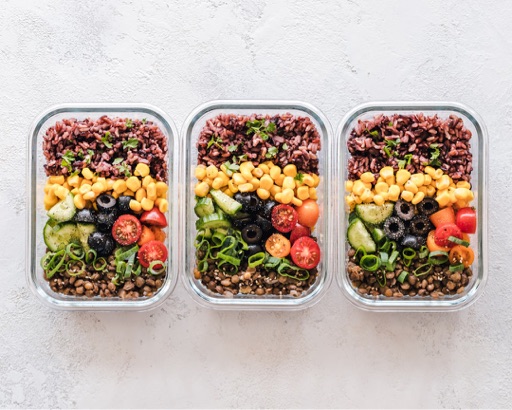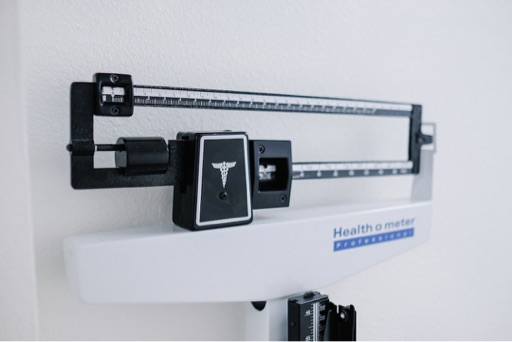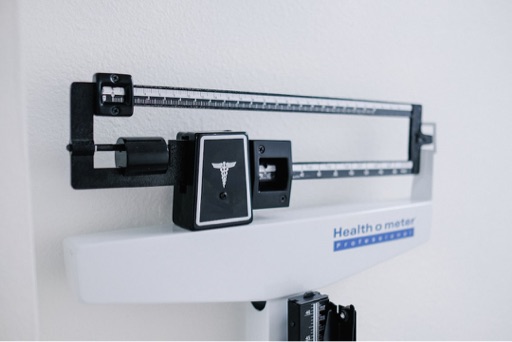When a diet trend goes viral on social media, opinions can vary widely, with some people supportive and others skeptical. One such trend that gained traction is the 90-30-50 diet plan, introduced by dietitian Courtney Kassis on platforms like Instagram and TikTok. Following her personal success, Kassis lost 15 pounds over two months by consuming at least 90 grams of protein, 30 grams of fiber, and 50 grams of anti-inflammatory fats daily.
Kassis created this method to help others improve their health, particularly those facing challenges with weight management or chronic health conditions. The plan promotes blood sugar balance, hormone regulation, and overall metabolic health, explaining her creation of what she calls “the 12-3-30 of nutrition.”
But what exactly does the 90-30-50 diet entail? The approach requires daily minimums of:
- 90 grams of protein
- 30 grams of fiber
- 50 grams of healthy fats
Kassis notes that these macronutrients not only keep metabolism up but also help curb cravings. The diet can be beneficial for improving symptoms of conditions like high blood pressure, PCOS, and type 2 diabetes.
Some nutritious food options include:
- Protein: chicken, beef, eggs, Greek yogurt
- Fiber: leafy greens, chia seeds, almonds
- Healthy Fats: nuts, avocado, olive oil
A sample day might include:
- Breakfast: Raspberry protein chia pudding
- Lunch: Greek chicken chickpea salad
- Snack: Pumpkin pie Greek yogurt
- Dinner: Beef stir fry with edamame and cucumber
This structure can help individuals meet their macronutrient goals while also enjoying diverse and satisfying meals.
Experts suggest that this diet can help preserve muscle mass due to its emphasis on protein, which is vital for muscle repair and satiety. Additionally, adequate fiber intake is associated with improved digestion and metabolism. Healthy fats also play a role in energy levels and nutrient absorption.
While there are potential benefits, people should be aware of possible risks such as digestive discomfort, especially if transitioning to a higher protein or fiber diet. Gradually adjusting intake and consulting a healthcare professional are crucial.
To implement the 90-30-50 plan safely, it’s important to:
- Determine individual caloric and protein needs.
- Meal prep using target macronutrient ratios.
- Combine the diet with strength training for better results.
- Start gradually to avoid feeling overwhelmed.
Overall, the 90-30-50 diet can potentially support those looking to enhance their health and achieve their nutritional goals, provided it’s approached mindfully.

Source: AOL.com





